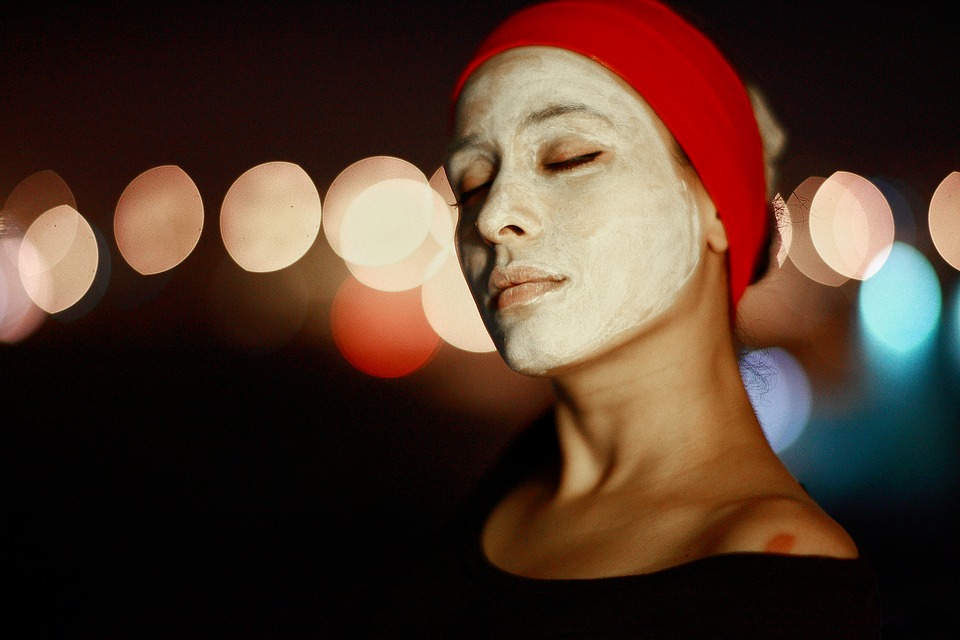The origins of theatre can be traced as far back as 532 BC during the classical Greek and Roman times. For most of that, it was men who were involved in theatre – in fact men played both female and male characters. Both Romans and Ancient Greeks shared the belief that it would be ‘dangerous’ for a woman be involved in theatre. The Romans, though, were the first to stray from such ideas and gradually began allowing women more involvement, but women in theatre during this time still did not have much prominence.
Such beliefs were continued and seen in cultures all over Europe and the world. In England, where theatre became very popular with the rise of playwrights such as Shakespeare, women were also not allowed to be involved in theatre at all. The first woman to ever legally act in a play was Margaret Hughes in the year 1660, playing Desdemona in The Moor Of Venice, a reworking of Othello. The general reaction of the audience is unknown, but based on the fact that she went on to become one of the most prominent professional actors of her time, it would appear this change was well received, at least in part.
Nowadays, the majority of theatre-goers are women. In fact, today, women buy 70% of tickets to different shows and make up 60-70% of the audience. This is a huge difference compared with what the audience make-up would have been during ancient Greek and Roman times when theatre revolved around masculine themes heavily tailored to a male audience.
Despite the huge improvement in women’s inclusion, both in acting and the audience aspects of theatre, it is disappointing to note that this improvement is not reflected on the production side of things. Yes, compared with Shakespearean times, there is obviously a rise but the number of women working in production is still low.
A study carried out in 2015 reveals that women still have a long way to go to actually level out the playing field. The results of the study – conducted by lighting designer Porsche McGovern on the League of Resident Theatres (LORT) – shows that women fill only 8.8% of positions in sound design, and 13.7% of positions in lighting design. Women outnumber men in only one category: costume design, where they account for 68.7% of overall positions.
Since the study, many have expressed their outrage and question why a career field which is supposed to be diverse due to the history it carries, is really not. Production roles make up the most important aspect of theatre – without a production team, theatre does not function or work properly. Another interesting observation is that it is more likely that a script with a male protagonist will make it to stage, than one with a female protagonist.
Theatre is a field of entertainment which carries a lot of history; this means it has had a long time to develop its relationship with women, and there has been an improvement in the case of audience members and performers.
However the most important and prominent aspects of theatre are still very much male-dominated – something sometimes reflected in the content produced. Theatre still has room for improvement, which probably will come about with time; just like how it took time for women to come into the limelight in terms of acting, writing and the audience.
Image Credit: Pixabay

